When I put out a call for Wednesday Baking suggestions last week, several of you requested a biscuit recipe. I don’t consider myself to be a biscuit-baking-queen (I’m sure there are some Southern cooks who could beat me hands down in a biscuit cook-off!), but I do manage to produce biscuits that please my family’s palates. We had these with dinner last night and there were none left.
The recipe is from an old (1970s!) Better Homes and Gardens bread cookbook that I have, and I’ve adapted it slightly.
One very important thing to keep in mind when baking biscuits is that you do NOT want to mix and knead the dough much at all. If you recall from our lesson on gluten, non-yeast breads are more tender and soft when the gluten is not developed. If you mix and knead biscuit dough with vigor, you will develop lots of gluten and your biscuits will be tough and will not rise properly.
Baking powder is the main leavening in these biscuits, and it is not as powerful as yeast. Yeast can lift a stretchy dough, but baking powder cannot. It also can’t lift a dry, dense dough very well, so you want your biscuit dough to be rather soft.
Don’t be scared, though. Biscuit baking really isn’t that complicated. Here’s how to go about it.
Mix some flour, baking powder, baking soda, salt, and sugar together thoroughly. Gluten only develops when flour gets wet, so mix with abandon at this point. 😉 If you don’t like sweet biscuits, you can feel free to leave out the sugar completely.
Then cut up 1/3 cup of cold butter into chunks,
and using a pastry blender, mix the butter into the dry ingredients. After you mix in the butter, there should just be little pebble-like bits of butter in the flour. These will melt during cooking, creating nice little air pockets in the biscuits.
Gently stir in the buttermilk. Though the recipe calls for 3/4 cup, I usually find I need a bit more than that to moisten all the flour.
Turn the dough out onto a very lightly floured surface,
and knead a few times, just to get the dough to all hold together.
Pat the dough to about 1/2-inch thickness.
Cut with a 2 1/2 inch biscuit cutter, dipping the cutter into the flour between biscuits. Place on an ungreased baking sheet.
A sharp biscuit cutter will help your biscuits to be a little more fluffy. A dull cutter sort of squishes the dough when you cut out the biscuits. Also, dipping the cutter into flour in between biscuits will help to prevent sticking and squishing.
I have a delightfully sharp one that I got it a set at Christmas a few years ago. Isn’t it pretty?
You’ll have some scraps left after cutting the biscuits, and you can gently pat those together in order to cut more biscuits. These will be a bit tougher because of the extra handling, but no one at my house seems to mind terribly.
Bake the biscuits at 450 degrees for 10-12 minutes, or until golden brown.
Buttermilk Biscuits (makes 8-10)
2 cups all-purpose flour (you can sub 1/2 cup whole wheat flour if you like)
1 tablespoon baking powder
1/4 teaspoon baking soda
1/2 teaspoon salt
1-2 tablespoons sugar
1/3 cup butter (the recipe calls for shortening, but I like butter better!)
3/4 cup buttermilk, plus a bit more if necessary
Mix dry ingredients together thoroughly. Cut butter into chunks, and using a pastry blender, cut into flour until mixture resembles coarse crumbs. Gently stir in the 3/4 cup buttermilk, adding a little bit more if necessary to hold dough together. Turn dough out onto lightly floured surface, and knead briefly. Roll or pat to 1/2 inch thickness. Cut with 2 1/2 inch biscuit cutter and place on an ungreased baking sheet. Bake in a preheated 450 degree oven for 10-12 minutes, or until golden.

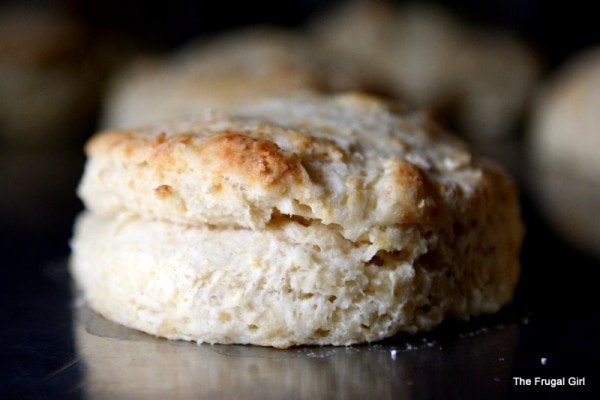
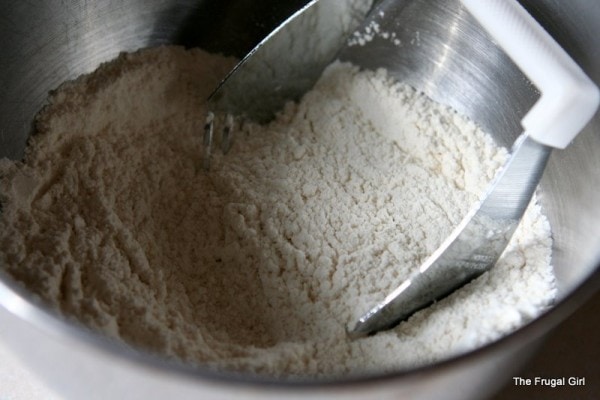
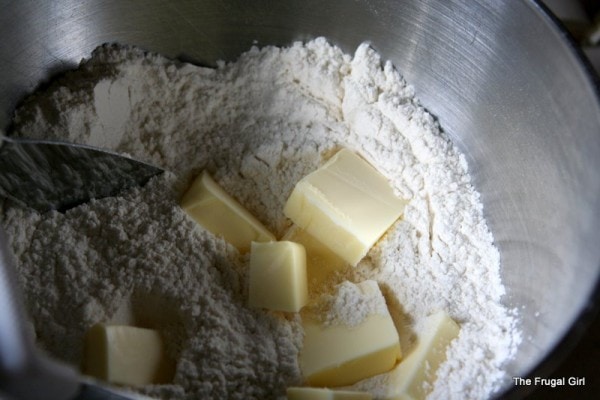
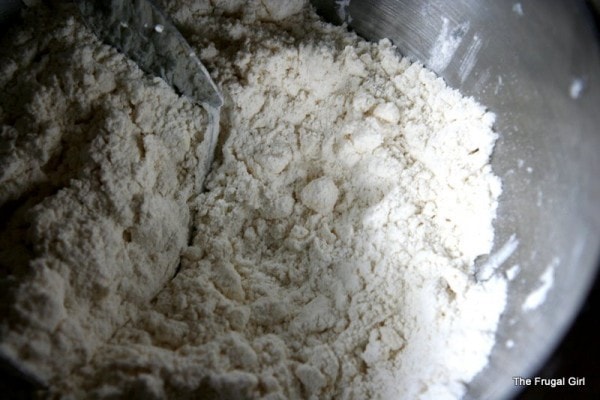
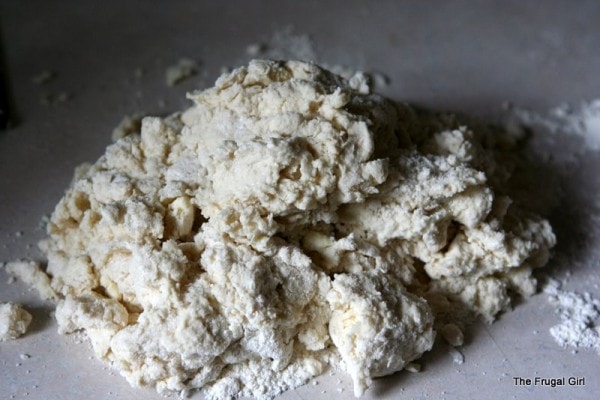
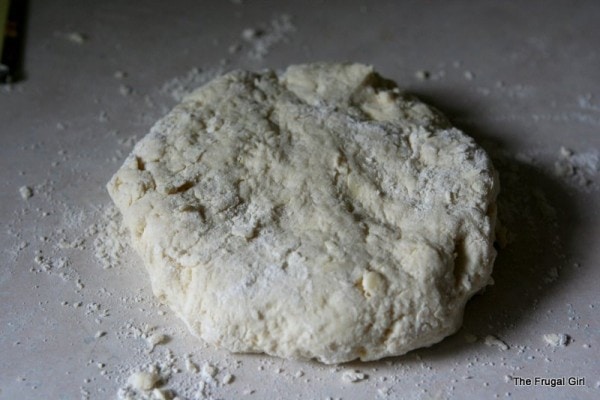
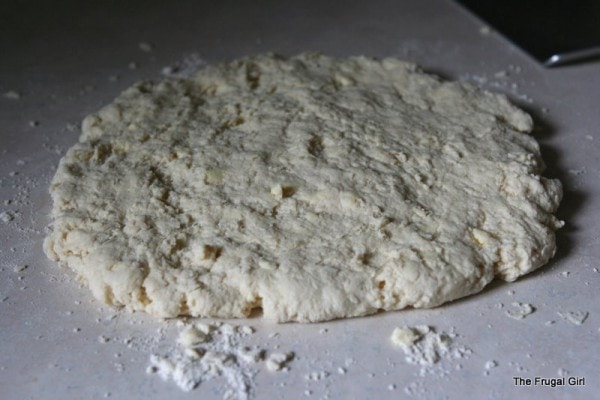
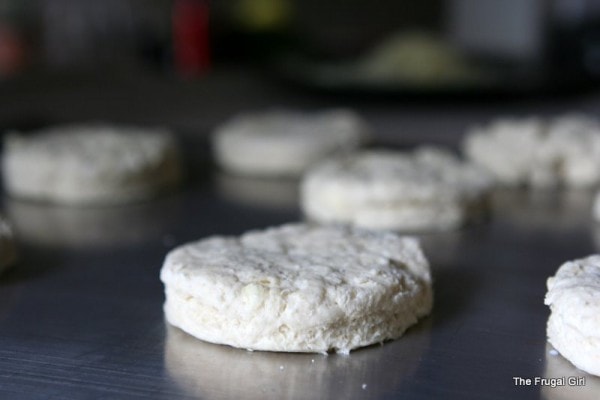
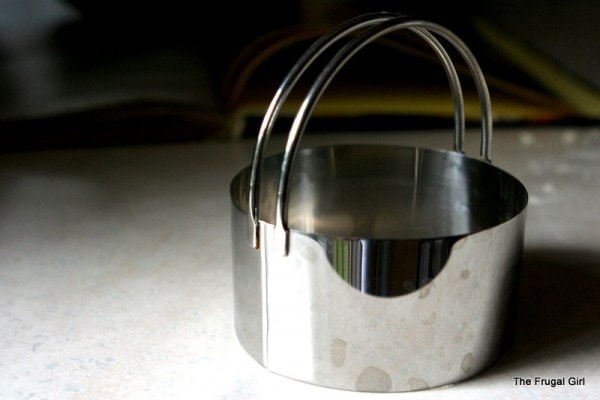
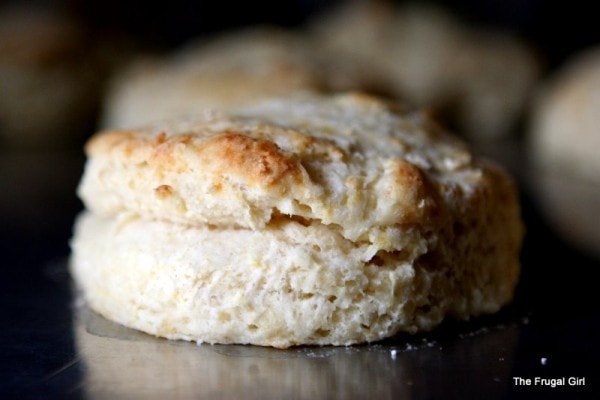
Doree Weller
Tuesday 7th of July 2015
I actually made these using all whole wheat flour (just adjusted the liquid a little) and they turned out wonderfully light and fluffy. We're used to the taste and texture of whole wheat flour, so it doesn't bother us when it's a little denser, so I thought I'd let you know.
Kristen
Wednesday 8th of July 2015
Thanks so much for the report!
Dawn
Thursday 4th of August 2011
Kate, I sure appreciate your recipe for biscuits as I am a coal miner's granddaughter:) I sure am glad we use butter now instead of lard! I also remember my great grandmother and grandma using a teacup to cut the dough into biscuits, gotta use what is on hand! Kristin, thanks for all your recipes and ideas which I try with success regularly!
Kate
Thursday 22nd of April 2010
For your appreciation, a "true" Southern recipe for biscuits (this is how my grandmother and mother taught me to make them--same for my friends and their mothers)
2 cups (or "scoops") of all-purpose flour 1 "big spoon" of Crisco shortening (This is usually done with a soup spoon--some folks have a specific spoon that they know from experience yields the proper amount.) "Enough" buttermilk (probably about half a cup? I honestly don't know.)
Sift the flour into a bowl, and cut in the shortening until it is mealy. Start with a few tablespoons at a time and mix in buttermilk--you can use a fork at first to keep you from handling it too much--until the dough is rather wet and very "chewy." Dust with flour, pat out the dough and cut biscuits. Our family prefers to cook the cut-out biscuits cheek-to-cheek in a cast iron skillet. You can also make drop biscuits--unadulterated gobs of biscuit dough that are nice for dinner-time because they're more like a roll. (Drop biscuits can also have cheese or another seasoning like rosemary and garlic incorporated for a twist. That, of course, was not in the original recipe. ) You cook drop biscuits on a cookie sheet. If you have scraps of dough left at the end, pat them into one big "elephant biscuit." This is a special prize for children who help their grannies in the kitchen. :-) Bake at 400 for 10-15 minutes.
(Now, before you hit REPLY, I realize shortening is anathema nowadays, but I'd also like to share that before they were considered "fun" or "regional," biscuits were considered to be a "humble" food that many people ate every day. Even the poorest working people, like my coal-mining ancestors, could have biscuits. They would use their own lard or other fat. It seems predictable that when grocery store food replaced homemade, and then animal fats became demonized as "bad for you," shortening would take over. I am inspired, though, and am going to try the butter because they were right about one thing: lard = gross.)
julie
Wednesday 17th of March 2010
do you know how to make homemade egg noodles? my husband love these cooked in tomatoe juice. His mom use to make them, but i cant seem to make them like she does. how long do you cook them, they usually stick when i cook them.
Jil
Tuesday 26th of January 2010
Those look good! I have a yummy Buttermilk Bicuit recipe on my blog as well. Love me some good biscuits!